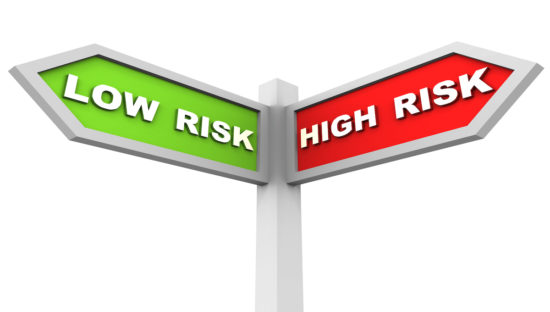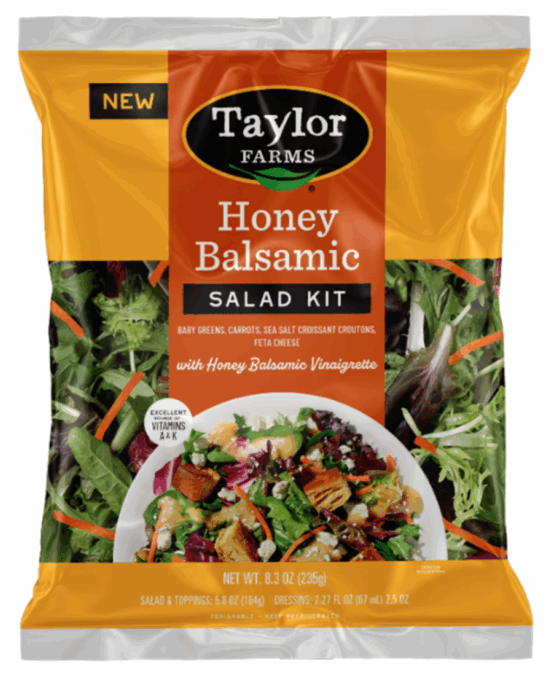A network in the Netherlands formed to identify emerging food safety risks has revealed the key topics from discussions in 2024.
Examples include refrigerator and freezer temperatures and storage practices of consumers when attempting to save money, glycerol in slush ice drinks, and Phytohemagglutinin in beans.
The Food Safety Signalling Consultation (SO-V) was created in 2020. It has two sections: one for microbiological risks (SO-VM) and another for chemical risks (SO-VC).
In 2024, the microbiology section held three meetings and the chemistry section had four in which 47 signals were discussed.
If these groups believe that an issue merits further investigation or measures, it is referred to the Signalling Consultation Coordination (CO). This group includes representatives from the Ministry of Health, Welfare and Sport, the Ministry of Agriculture, Fisheries, Food Security and Nature and the Netherlands Food, and Consumer Product Safety Authority (NVWA). The CO decides which actions should be taken in response to a signal.
Microbial and chemical highlights
The microbiological section referred two signals and the chemical section sent 12 signals to the Signalling Consultation Coordination in 2024.
One issue submitted by the microbial section was refrigerator and freezer temperatures during times of high energy prices. Freezers are set differently by producers, or temporarily switched off by consumers, and products are stored at higher temperatures inside or even outside the fridge.
Advice was also given to follow the trend of rising Listeria and E. coli infections in Europe.
Experts discussed lowering freezer temperatures from -18 degrees C (-0.4 degrees F) to -15 degrees C (5 degrees F). They said it is difficult to determine whether the lower temperature is sufficient to kill parasites and other pathogens, so more information was needed.
The risk is also unclear for berries from a forest in Poland that can be eaten without further processing. As Poland is endemic for Echinococcus multicolaris, they may pose a risk of infection.
Biocides being removed from the list of approved products limits the industry’s choice of disinfectants. It is common practice to rotate the use of different biocides to prevent reduced efficacy. This was another area with an uncertain level of risk.
On the chemical side, issues include glycerol in ice drinks, Phytohemagglutinin in beans as well as Mineral Oil Saturated Hydrocarbons (MOSH) and Mineral Oil Aromatic Hydrocarbons (MOAH) in chicken meat.
(To sign up for a free subscription to Food Safety News, click here)



